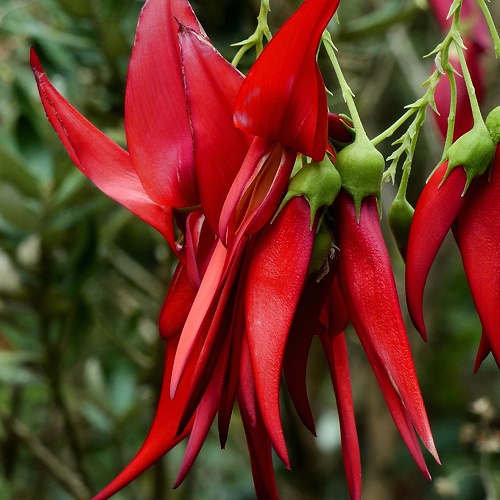Parrot's Beak Growing tips
It's normal for this plant to drop some leaves during shipping. It will quickly grow new shoots once it settles down. The first 2-3 weeks, try to keep it in moderate temperatures out of strong sunlight, and don't feed it until it puts out new growth. Start your plant in a pot about 50% wider than the one it's currently in. For soil, use a well draining
mix. I use a mix of 1 part
coir fiber Repot gently to avoid disturbing the roots. The first month, ensure that the original soil ball stays moist (not just the surrounding soil). To avoid burning or wilting, start it in filtered sun and slowly move it into brighter light over a period of several weeks. Parrot's Beak has average fertilizing needs. While it's actively growing, feed with a general-purpose fertilizer that contains micronutrients, following the dose on the package. Try to keep the soil evenly moist most of the time (but not constantly saturated). Don't let it dry out. Mature plants are reported to withstand a light frost, but i recommend protecting it from frost the first year. In very hot climates, they should probably have some afternoon shade. To keep the roots cool, keep the pot shaded, perhaps by placing it inside a second pot made of clay. Pruning isn't necessary for this plant, but you may remove any undesirable branches, or trim overly long branches shorter, which will encourage side shoots to grow. Feel free to tie the branches upright if you don't want them to grow sideways like they normally do. Repot as needed to a larger container. An adult plant may be kept in a 5 gallon (20 liter) pot if it's occasionally pruned shorter. Bugs to watch out for - spider mites (tiny "dots" under the leaves), mealy bugs, thrips. Slugs & snails can do a lot of damage. Try using insecticidal soap on insects before using stronger remedies, since some may harm the plant. Enjoy your plant! - Jeff Strange Wonderful Things
|
|||||||||


